Email:
zhaizhongbing723@gmail.com
With the rapid development of science and technology, robots have gradually become a part of our life. Robot Operating System (ROS) is an open source software framework widely used in the field of robotics. It provides a series of tools and libraries to help us quickly build robot applications. In this article, we will go through the ROS software development process in detail.

1. Installing ROS environment
First, we need to install the ROS environment. ROS supports multiple operating systems such as Ubuntu, CentOS, Windows, etc. The installation process requires setting up the rosdep tool to facilitate the management of ROS packages and dependencies. In addition to that, we need to configure the ROS workspace, which will be used to store and manage ROS packages.
2. Creating a ROS project
After installing the ROS environment, we need to create a ROS project. A project is a collection of packages in ROS and can contain multiple packages. You can use the catkin_init_workspace command to initialize the workspace and then create a file called package.xml that describes the packages in your project and their dependencies.
3. Writing the code
Once the ROS project is created, we need to write the code. ROS provides support for several programming languages such as C++, Python, Java, etc. We can use these languages to write robot control programs, navigation algorithms, perception processing, etc. When writing the code, we need to follow the message passing mechanism of ROS to transfer data from one node to another.
4. Build and install packages
Once the code is written, we need to compile and install the package. ROS provides a tool called catkin_make for compiling and installing packages. We can use the catkin_make command to compile the code into a binary and install it into the ROS workspace.
5. Running the robot
Once the package is installed, we can run the bot. ROS provides a tool called roslaunch for launching ROS nodes. We can start the robot using the roslaunch command and see the communication between the nodes using the rostopic command. In addition, we can also use ROS visualization tools such as rviz to view the state of the robot in real time.
6. Debugging and optimization
While the robot is running, we need to constantly debug and optimize the code. ROS provides a range of debugging tools such as rosnode, rospy, etc. We can use these tools to diagnose problems and make changes to our code. In addition, we can also use ROS simulation environments such as Gazebo to simulate real environments to improve the reliability and performance of the code.
7. Publish and Share
Finally, we can publish and share what we’ve developed. ROS provides a tool called rosdep for managing ROS packages. Developers can use the rosdep command to install packages into another user’s ROS environment. In addition, developers can publish their packages to ROS repositories for other users to download and use.
In summary, the ROS software development process includes: installing a ROS environment, creating a ROS project, writing code, compiling and installing packages, running bots, debugging and optimizing, publishing and sharing. By following this process, development engineers can quickly build robotic applications that push the boundaries of robotics.
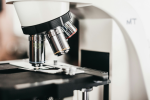
Microscope Chromosome Karyotype Analysis Upper Computer Software Development
With the continuous development of biotechnological sci […]
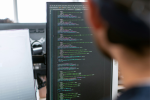
Development of host computer program for electric servo test
The application of electric actuators in various fields […]

Development of an Intelligent Picking System for Robotic Arms Based on Machine Vision
Intelligent manufacturing is gradually becoming an impo […]

Custom Development of an Online Monitoring System for Production Equipment
The manufacturing sector plays an increasingly vital ro […]
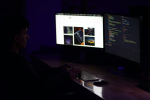
Development of a Frequency Converter Upper Computer System
Frequency converters, as pivotal equipment for regulati […]

Custom Development of Ultrasonic Radar Testing Upper Computer
The demand for ultrasonic radars in fields such as auto […]
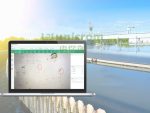
Software Development for Water Quality Algae Monitoring and Identification System.
Project BackgroundFaced with the professional detection […]

Smart Home Living Kitchen System: Dual-End Cooking Robot APP Development
Project Background To enhance the core competitiveness […]
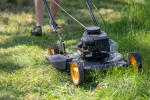
Smart Weeding Machine Android and iOS Mobile Dual-Platform Control APP Program Development and Customization
Case Background With the advancement of technology and […]
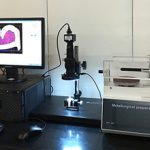
Development of an Automated Control Host Computer System for Laboratory Microscopes
Project Background A certain biotechnology company spec […]
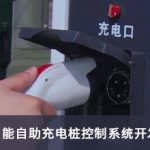
The development of an intelligent self-service charging station control system for new energy electric vehicles
Project Background With the development of smart grids, […]

Cross-border e-commerce shop agent declaration platform system: Oudai independent declaration software customization development
Case Background According to the new regulations on com […]


WhatsApp:
Email:zhaizhongbing723@gmail.com
Address:Zone E, 10th Floor, HongKong Shenzhen International Center, Longhua District, Shenzhen